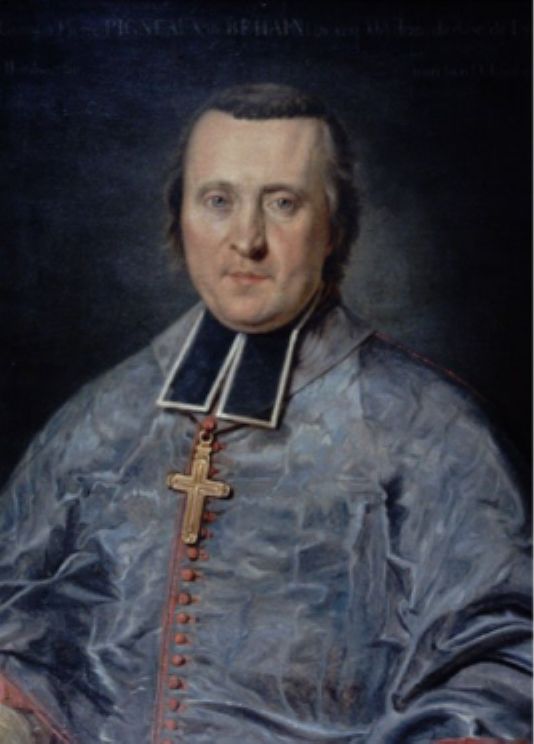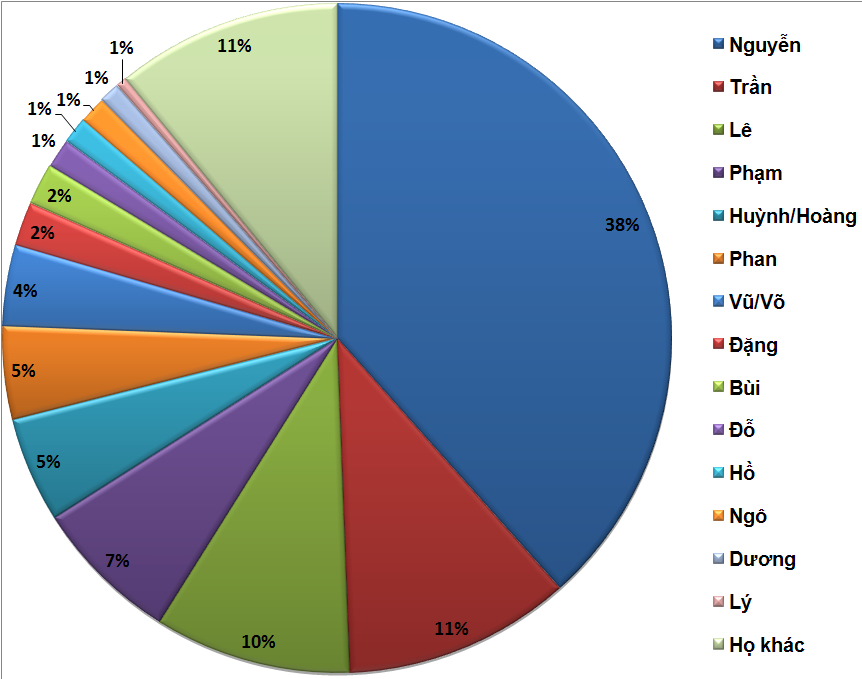|
Nguyễn Văn Nhơn
Nguyễn Văn Nhơn ( 阮 文 仁, 1753–1822) was a general and official of the Nguyễn dynasty of Vietnam.Văn Giàu Trà̂n ''300 năm Sài Gòn – Thành phố Hồ Chí Minh'' 1998 p37 "Năm 1802 đến 1805, chúc Lưu trấn Gia Định do võ tướng Nguyễn Văn Nhơn, từ năm 1805 đến 1808 Nguyễn Văn Trương làm Lưu trấn; năm 1802 – 1812 Nguyễn Văn Nhơn lại giữ chúc Tổng trấn Gia Định thành,..." He served as a general of Nguyễn Ánh during the Nguyễn lords' fight against the Tây Sơn rebellion. Nguyễn Ánh prevailed in 1802 and became Emperor Gia Long Gia Long ( (''North''), ('' South''); 8 February 1762 – 3 February 1820), born Nguyễn Phúc Ánh (阮福暎) or Nguyễn Ánh, was the founding emperor of the Nguyễn dynasty, the last dynasty of Vietnam. His dynasty would rule the unif ..., establishing the Nguyễn Dynasty. Nhơn then served as the viceroy of southern Vietnam during Gia Long's reign. References ... [...More Info...] [...Related Items...] OR: [Wikipedia] [Google] [Baidu] |
Nguyễn Dynasty
The Nguyễn dynasty (chữ Nôm: 茹阮, vi, Nhà Nguyễn; chữ Hán: 阮朝, vi, Nguyễn triều) was the last Vietnamese dynasty, which ruled the unified Vietnamese state largely independently from 1802 to 1883. During its existence, the empire expanded into modern-day southern Vietnam, Cambodia, and Laos through a continuation of the centuries-long Nam tiến and Siamese–Vietnamese wars. After 1883, the Nguyễn emperors ruled nominally as heads of state of the French protectorates of Annam and Tonkin until the final months of WWII; they later nominally ruled over the Empire of Vietnam until the August Revolution. The House of Nguyễn Phúc, Nguyễn Phúc family established feudal rule over large amounts of territory as the Nguyễn lords by the 16th century before defeating the Tây Sơn dynasty and establishing their own imperial rule in the 19th century. The dynastic rule began with Gia Long ascending the throne in 1802, after ending the previous Tây Sơn d ... [...More Info...] [...Related Items...] OR: [Wikipedia] [Google] [Baidu] |
Nguyễn Ánh
Gia Long ( (''North''), (''South''); 8 February 1762 – 3 February 1820), born Nguyễn Phúc Ánh (阮福暎) or Nguyễn Ánh, was the founding emperor of the Nguyễn dynasty, the last dynasty of Vietnam. His dynasty would rule the unified territories that constitute modern-day Vietnam until 1945. A nephew of the last Nguyễn lord who ruled over south Vietnam, Nguyễn Ánh was forced into hiding in 1777 as a fifteen-year-old when his family was slain in the Tây Sơn revolt. After several changes of fortune in which his loyalists regained and again lost Saigon, he befriended the French Catholic Bishop Pierre Pigneau de Behaine. Pigneau championed his cause to the French government and managed to recruit volunteers when that fell through to help Nguyễn Ánh regain the throne. From 1789, Nguyễn Ánh was once again in the ascendancy and began his northward march to defeat the Tây Sơn, reaching the border with China by 1802, which had previously been under the contro ... [...More Info...] [...Related Items...] OR: [Wikipedia] [Google] [Baidu] |
Nguyễn Lords
Nguyễn () is the most common Vietnamese surname. Outside of Vietnam, the surname is commonly rendered without diacritics as Nguyen. Nguyên (元)is a different word and surname. By some estimates 39 percent of Vietnamese people bear this surname.Lê Trung Hoa, ''Họ và tên người Việt Nam'', NXB Khoa học - Xã hội, 2005 Origin and usage "Nguyễn" is the spelling of the Sino-Vietnamese pronunciation of the Han character 阮 (, ). The same Han character is often romanized as ''Ruǎn'' in Mandarin, ''Yuen'' in Cantonese, ''Gnieuh'' or ''Nyoe¹'' in Wu Chinese, or ''Nguang'' in Hokchew. . Hanja reading (Korean) is 완 (''Wan'') or 원 (''Won'') and in Hiragana is a Japanese syllabary, part of the Japanese writing system, along with ''katakana'' as well as ''kanji''. It is a phonetic lettering system. The word ''hiragana'' literally means "flowing" or "simple" kana ("simple" originally as contrast ..., it is げん (''Gen''), old reading as け゚ん (Ngen ... [...More Info...] [...Related Items...] OR: [Wikipedia] [Google] [Baidu] |
Gia Long
Gia Long ( (''North''), ('' South''); 8 February 1762 – 3 February 1820), born Nguyễn Phúc Ánh (阮福暎) or Nguyễn Ánh, was the founding emperor of the Nguyễn dynasty, the last dynasty of Vietnam. His dynasty would rule the unified territories that constitute modern-day Vietnam until 1945. A nephew of the last Nguyễn lord who ruled over south Vietnam, Nguyễn Ánh was forced into hiding in 1777 as a fifteen-year-old when his family was slain in the Tây Sơn revolt. After several changes of fortune in which his loyalists regained and again lost Saigon, he befriended the French Catholic Bishop Pierre Pigneau de Behaine. Pigneau championed his cause to the French government and managed to recruit volunteers when that fell through to help Nguyễn Ánh regain the throne. From 1789, Nguyễn Ánh was once again in the ascendancy and began his northward march to defeat the Tây Sơn, reaching the border with China by 1802, which had previously been under the c ... [...More Info...] [...Related Items...] OR: [Wikipedia] [Google] [Baidu] |
Nguyen Dynasty Officials
Nguyễn () is the most common Vietnamese surname. Outside of Vietnam, the surname is commonly rendered without diacritics as Nguyen. Nguyên (元)is a different word and surname. By some estimates 39 percent of Vietnamese people bear this surname.Lê Trung Hoa, ''Họ và tên người Việt Nam'', NXB Khoa học - Xã hội, 2005 Origin and usage "Nguyễn" is the spelling of the Sino-Vietnamese pronunciation of the Han character 阮 (, ). The same Han character is often romanized as ''Ruǎn'' in Mandarin, ''Yuen'' in Cantonese, ''Gnieuh'' or ''Nyoe¹'' in Wu Chinese, or ''Nguang'' in Fuzhou dialect, Hokchew. . Hanja reading ( Korean language, Korean) is 완 (''Wan'') or 원 (''Won'') and in Hiragana, it is げん (''Gen''), old reading as け゚ん (Ngen). The first recorded mention of a person surnamed Nguyen is a 317 CE description of a journey to Giao Châu undertaken by Eastern Jin dynasty (, ) officer and his family. Many events in Vietnamese history have contribu ... [...More Info...] [...Related Items...] OR: [Wikipedia] [Google] [Baidu] |
Nguyen Dynasty Generals
Nguyễn () is the most common Vietnamese surname. Outside of Vietnam, the surname is commonly rendered without diacritics as Nguyen. Nguyên (元)is a different word and surname. By some estimates 39 percent of Vietnamese people bear this surname.Lê Trung Hoa, ''Họ và tên người Việt Nam'', NXB Khoa học - Xã hội, 2005 Origin and usage "Nguyễn" is the spelling of the Sino-Vietnamese pronunciation of the Han character 阮 (, ). The same Han character is often romanized as ''Ruǎn'' in Mandarin, ''Yuen'' in Cantonese, ''Gnieuh'' or ''Nyoe¹'' in Wu Chinese, or ''Nguang'' in Hokchew. . Hanja reading (Korean) is 완 (''Wan'') or 원 (''Won'') and in Hiragana, it is げん (''Gen''), old reading as け゚ん (Ngen). The first recorded mention of a person surnamed Nguyen is a 317 CE description of a journey to Giao Châu undertaken by Eastern Jin dynasty (, ) officer and his family. Many events in Vietnamese history have contributed to the name's prominence. In ... [...More Info...] [...Related Items...] OR: [Wikipedia] [Google] [Baidu] |
1753 Births
Events January–March * January 3 – King Binnya Dala of the Hanthawaddy Kingdom orders the burning of Ava, the former capital of the Kingdom of Burma. * January 29 – After a month's absence, Elizabeth Canning returns to her mother's home in London and claims that she was abducted; the following criminal trial causes an uproar. * February 17 – The concept of electrical telegraphy is first published in the form of a letter to ''Scots' Magazine'' from a writer who identifies himself only as "C.M.". Titled "An Expeditious Method of Conveying Intelligence", C.M. suggests that static electricity (generated by 1753 from "frictional machines") could send electric signals across wires to a receiver. Rather than the dot and dash system later used by Samuel F.B. Morse, C.M. proposes that "a set of wires equal in number to the letters of the alphabet, be extended horizontally between two given places" and that on the receiving side, "Let a ball be suspende ... [...More Info...] [...Related Items...] OR: [Wikipedia] [Google] [Baidu] |



